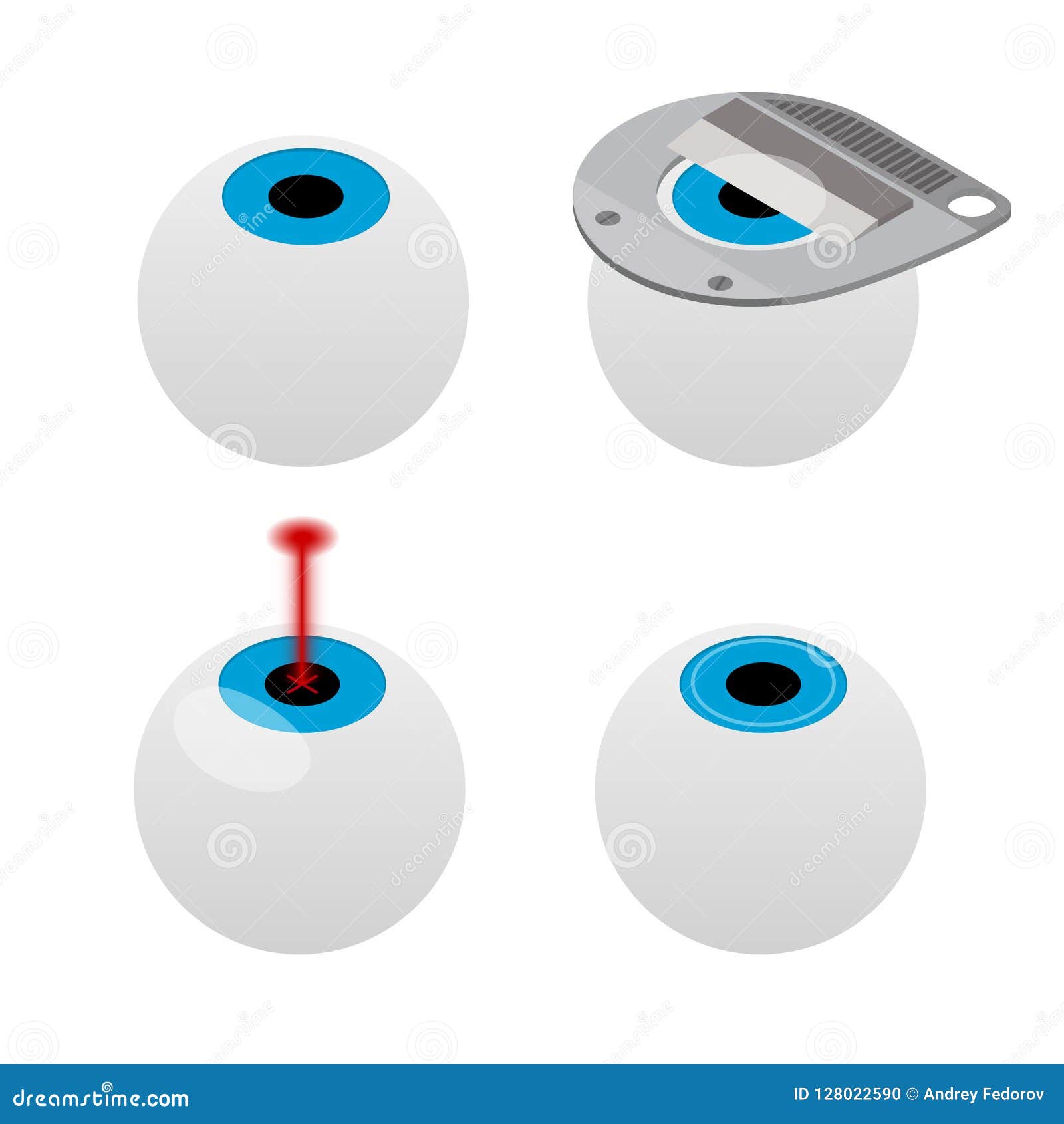Refractive Lens Exchange Explained: What Your Optometrist Isn't Telling You

Short Article By-Bilde Wichmann
Have you ever before took into consideration Refractive Lens Exchange (RLE) as an option for vision modification? While it isn't as extensively discussed as LASIK, RLE could be a game-changer for your eyesight. Many individuals overlook its advantages, believing traditional methods are their only selection. However what are the genuine advantages, and what might your optometrist not be telling you about this treatment? Let' Lasik Eye Surgery Age out the ins and outs of RLE with each other.
Recognizing Refractive Lens Exchange: The Fundamentals
Refractive lens exchange (RLE) is an operation that can considerably boost your vision, especially if you're dealing with presbyopia or severe refractive errors.
Throughout RLE, your eye cosmetic surgeon eliminates your eye's all-natural lens and replaces it with an artificial one tailored to your vision requires. This procedure can fix nearsightedness, farsightedness, and astigmatism, providing you clearer vision without depending on glasses or call lenses.
The surgery is normally quick, taking less than an hour, and the majority of patients experience marginal discomfort. Recovery is relatively quickly, permitting you to go back to your everyday activities soon after.
If you're taking into consideration RLE, speaking with your optometrist can aid you figure out if it's the appropriate choice for you.
Trick Differences In Between RLE and Conventional Cataract Surgery
While both refractive lens exchange (RLE) and conventional cataract surgical procedure include replacing the eye's natural lens, their primary goals and client profiles vary significantly.
RLE is focused on individuals looking for to decrease their dependancy on glasses or get in touch with lenses as a result of refractive mistakes, frequently before cataracts develop. On the other hand, typical cataract surgical procedure commonly targets clients that have actually created cataracts, which cloud the lens and impair vision.
The lenses made use of in RLE can provide a wider range of vision modification, while conventional cataract surgical treatment generally involves standard monofocal lenses.
In addition, RLE candidates are frequently more youthful and in great general health and wellness, whereas cataract individuals may be older and have various other health issues.
Picking the appropriate procedure relies on your specific vision demands and situations.
Possible Benefits and Considerations of RLE
If you're taking into consideration refractive lens exchange (RLE), you'll discover a number of prospective advantages that may boost your quality of life.
RLE can supply you with clearer vision, decreasing or getting rid of the demand for glasses or contact lenses. It uses a chance to deal with presbyopia and other refractive mistakes concurrently, commonly enhancing your general visual acuity.
Furthermore, RLE can be a wonderful option if you're not a suitable candidate for LASIK. Nevertheless, it's important to evaluate the considerations, like the price, prospective threats, and the recuperation period.
Reviewing your specific needs with your ophthalmologist can assist you make an informed decision, ensuring you select the most effective course for your vision adjustment.
Conclusion
To conclude, refractive lens exchange uses an one-of-a-kind remedy for vision modification that goes beyond what LASIK can give. It's necessary to evaluate the advantages versus possible risks and costs before choosing. Do not think twice to ask your eye doctor the difficult inquiries to guarantee you completely understand the treatment and its effects for your vision. With the appropriate info, you can confidently choose the most effective choice for your eyes and way of life.

